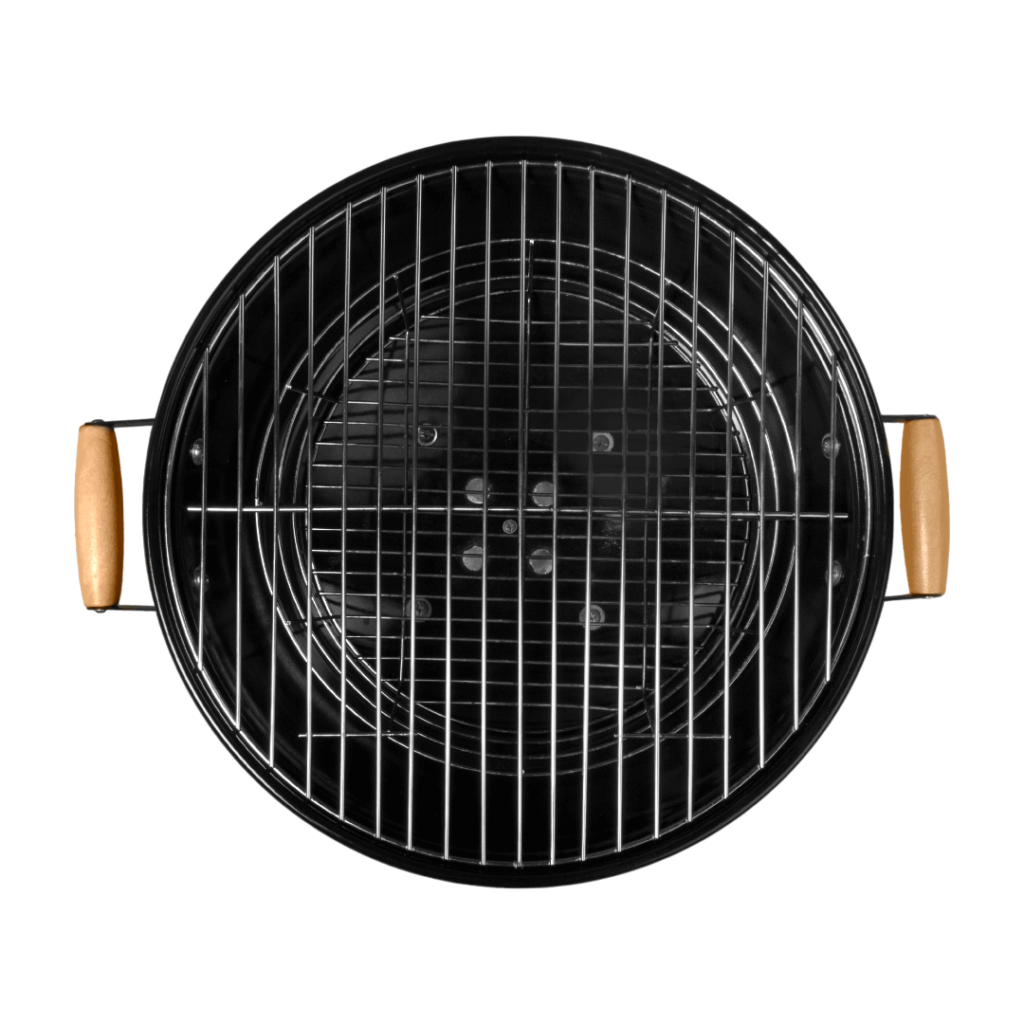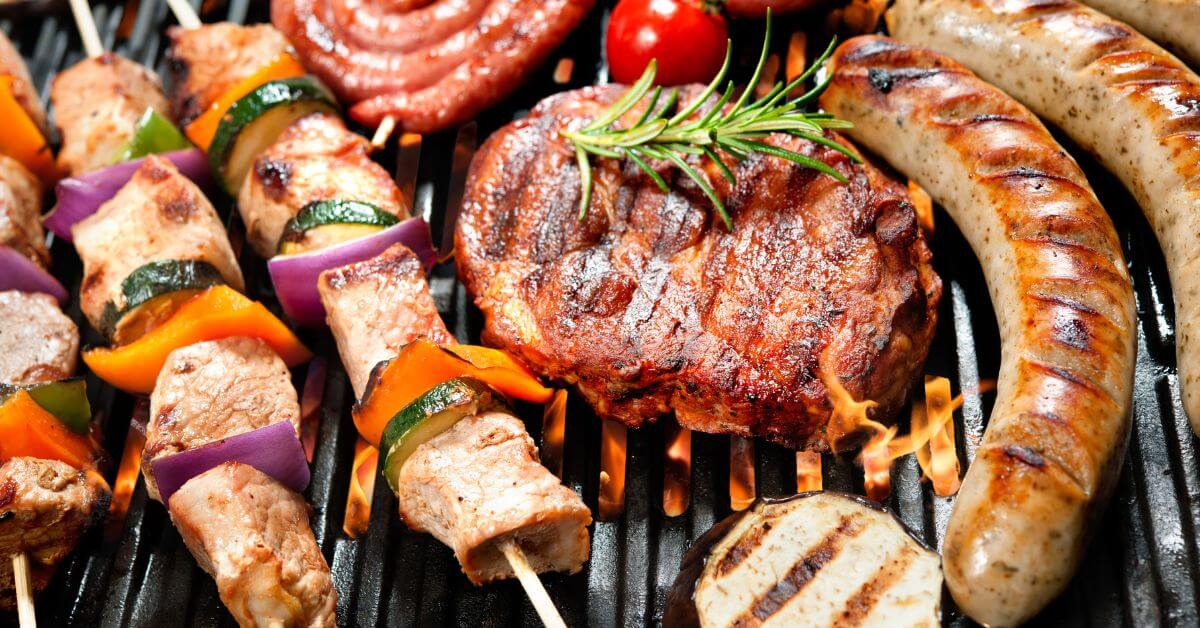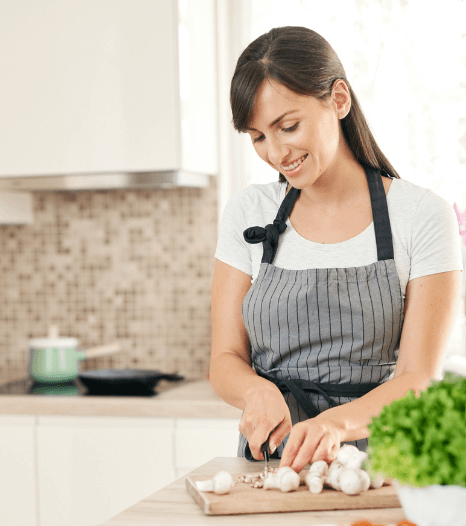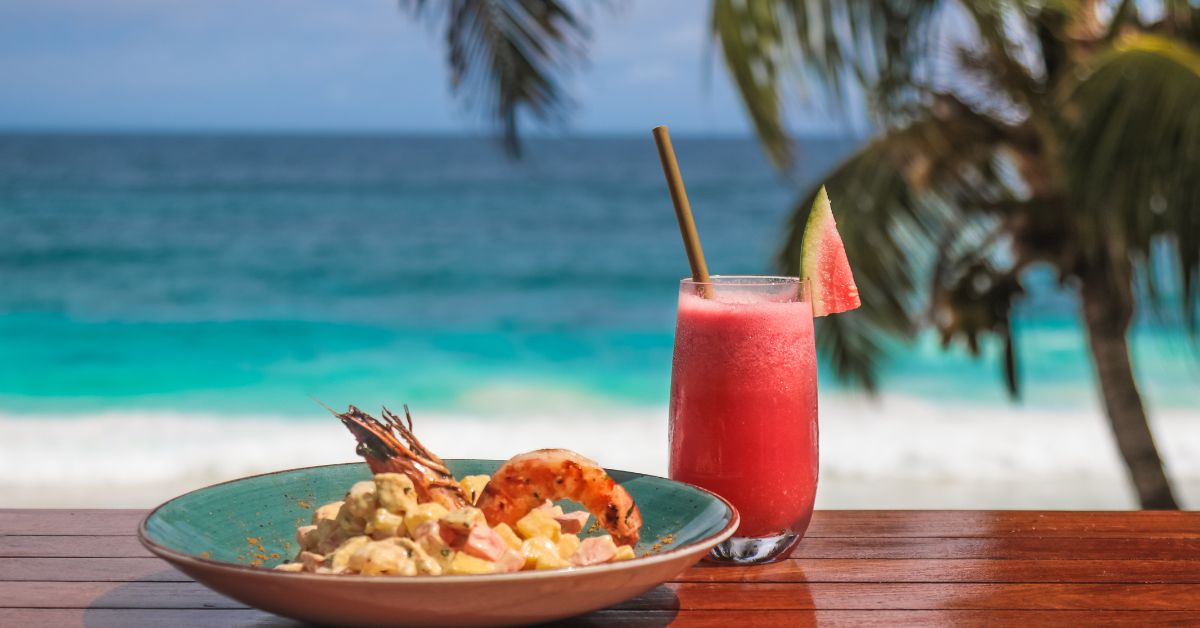Grilling is a veritable art form. It’s more than just lighting it up and slapping on some meat. There are several aspects you must do for it to turn out beautiful, charred and cooked to perfection. It’s not difficult, but any misstep can produce a less than desirable end result.
We’ll show you how to master the art of grilling with seven basic tips, tricks and techniques for the perfect barbecue. This will include preheating the grill and allowing the food to rest before cooking, among several others.
So, if you’re new to grilling, grab a pencil and some paper for note taking. Create a list and begin developing your plan of action for steaks, fish, chicken, hotdogs, veggies or even desserts. Throw away your cooking machine because you’re going to love what comes off the grill.
1. Ensure the Grill’s Cooking Surface Is Clean
While this may seem rather obvious, it’s one of the most important aspects to having perfectly grilled food. Use a wire brush or steel wool to remove any char, grease and stuck on food from previous uses. Then, wipe it down with paper towel and use a basting brush with vegetable oil on the grilling surface.
Failing to clean the grill will not only make your food look funky but it can also cause illness. Therefore, you want to avoid any contamination from things like chicken, fish or other dishes where food borne illnesses are likely.

Also, adding a little oil onto the surface not only helps pull up leftover food you didn’t get from scrubbing, but it also helps make the surface naturally nonstick. This is important so the grill doesn’t tear off or consume the food you want to eat.
2. Select the Right Kinds of Meat
The best kinds of meat for grilling will have a little marbling, yield to the touch and cook fast. Chicken breasts, grass-fed beef, hotdogs and pork loin are all excellent choices. Free-range meats that are hormone-free and free of antibiotics are always going to taste better on the grill. These provide the ultimate in healthiness while giving the best taste.
This also means acquainting yourself with lesser-known cuts of meat. In terms of beef, most people think sirloin, tenderloin or rib eyes are the only ones best for the grill. This simply isn’t so.
Any cut that’s lean can be incredibly delicious, tender and melt in your mouth once cooked on the grill. It’s all about preparation, treatment, seasoning at the right time and closely paying attention while it’s on the barbecue.
3. Let Meat Rest before Grilling
No matter what you decide to cook, allowing your meat to rest 30 minutes prior to grilling will produce the best results. Whatever you do, DO NOT put chicken or steaks on the grill from the refrigerator. They will not cook evenly, some portions of a filet will dry out and others won’t cook through at all.
This is especially important for large cuts of meat like a big bone-in rib eye or porterhouse. Plus, letting the meat warm to room temperature means it will cook a little more quickly on the grill.
4. Cook Things Slowly
Contrary to popular belief, using temperatures in excess of 350°F to charbroil steaks, chops, pork, fish and chicken will not produce the results you seek. It’ll be blackened alright but the food will be dry, overcooked and all around unappealing.
Cooking things slowly will ensure a charred outer texture with the meat chewy and tender inside. Indeed, this is where the “mouth melting” component of grilling comes into the picture.
5. Avoid Turning Too Much
Another misconception many people have is that they believe you have to turn the meat often. This isn’t true, not even in the slightest. You cook meats on one side until done and then flip it. That’s it. You shouldn’t have to turn the meat back and forth consistently throughout the grilling process.
This is because it will let the heat out and slow down cooking while ruining any nice grill marks developing on the meat. If you want to check the temperature and see how things are going, give a little lift to the meat to see underneath or use a meat thermometer.
6. Know the Right Temperature
The chart below gives the right temperature range for each kind food once finished grilling per the USDA safe temperature suggestions. Never undercook things like poultry, fish, seafood or eggs since these can cause food borne illnesses like Salmonella.
| Meat Type | Optimal Grilling Temperature |
|---|---|
| All Forms of Poultry | 165°F (73.9°C) |
| Beef, Veal, Lamb or Pork (chops, roasts, steaks, and etc) | 145°F (62.8°C) |
| Casseroles | 165°F (73.9°C) |
| Eggs | 160°F (71.1°C) |
| Fish and Seafood | 145 °F (62.8 °C) |
| Ground Meat | 160°F (71.1°C) |
| Ham – fully cooked | 140°F (60°C) |
| Ham – uncooked | 145°F (62.8°C) |
7. Add Sauces Later
If you want to use something like BBQ sauce, wait toward the end before slathering it on. You’ll simply wipe or brush the sauce, remove the meat from the grill and then flip it to brush the other side. Putting sauce on too early will cake it onto the meat and provide a caramelized crispiness you may not like.
However, some people will apply a light layer of sauce early on as a basting marinade. Once the food grills to perfection, they’ll add another layer for added sauciness.
Final Thoughts
These tips and techniques seem simple enough. But, they are essential to mastering the art of grilling. If you shortcut or sidestep any of these, your food will not turn out as good as it could.
While there are many other tricks to perfect grilling, these are the best and most recommended by chefs all over the country. It doesn’t matter if you’re using charcoal or gas, the steps mentioned here are essential for both.
Share this post: on Twitter on Facebook









